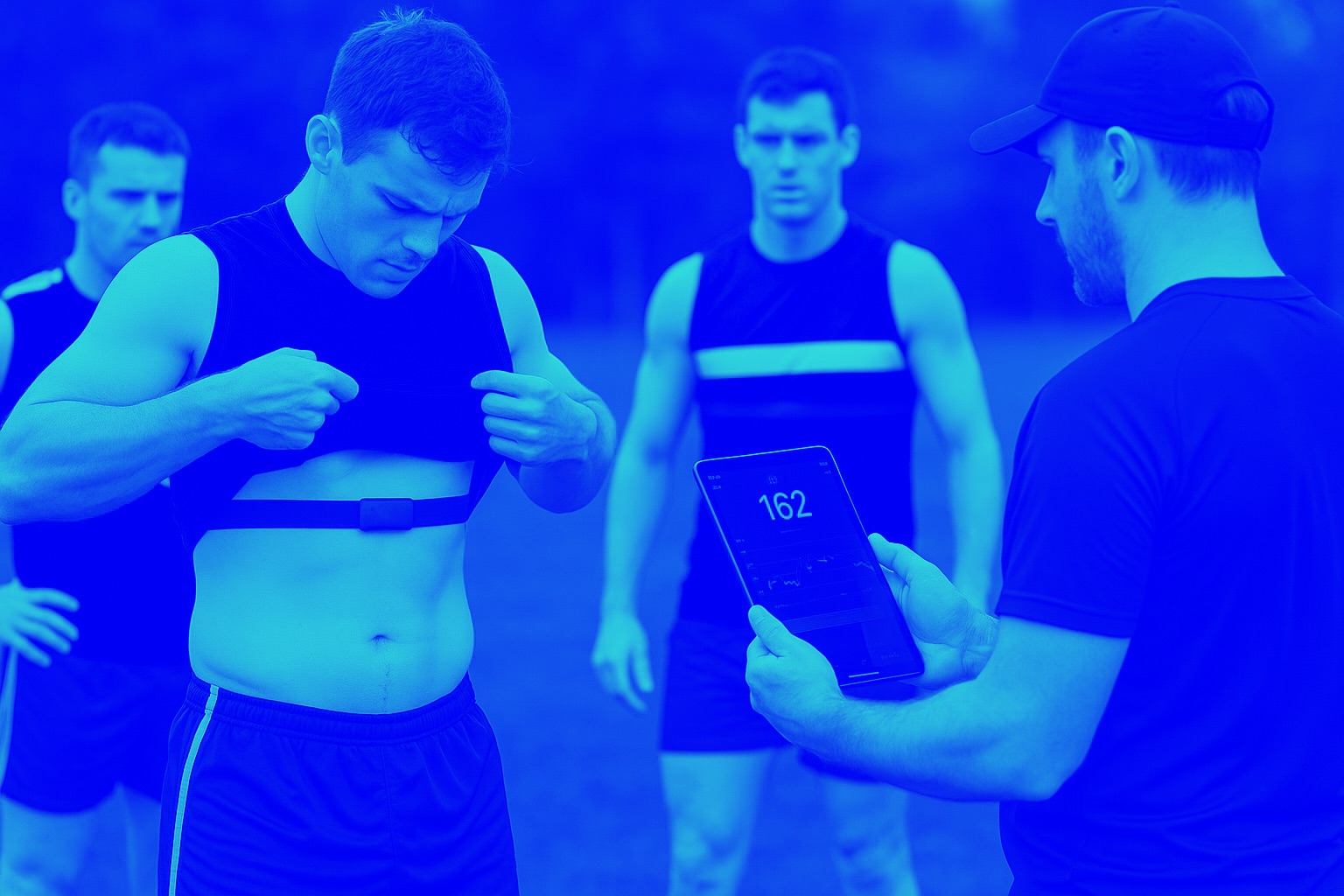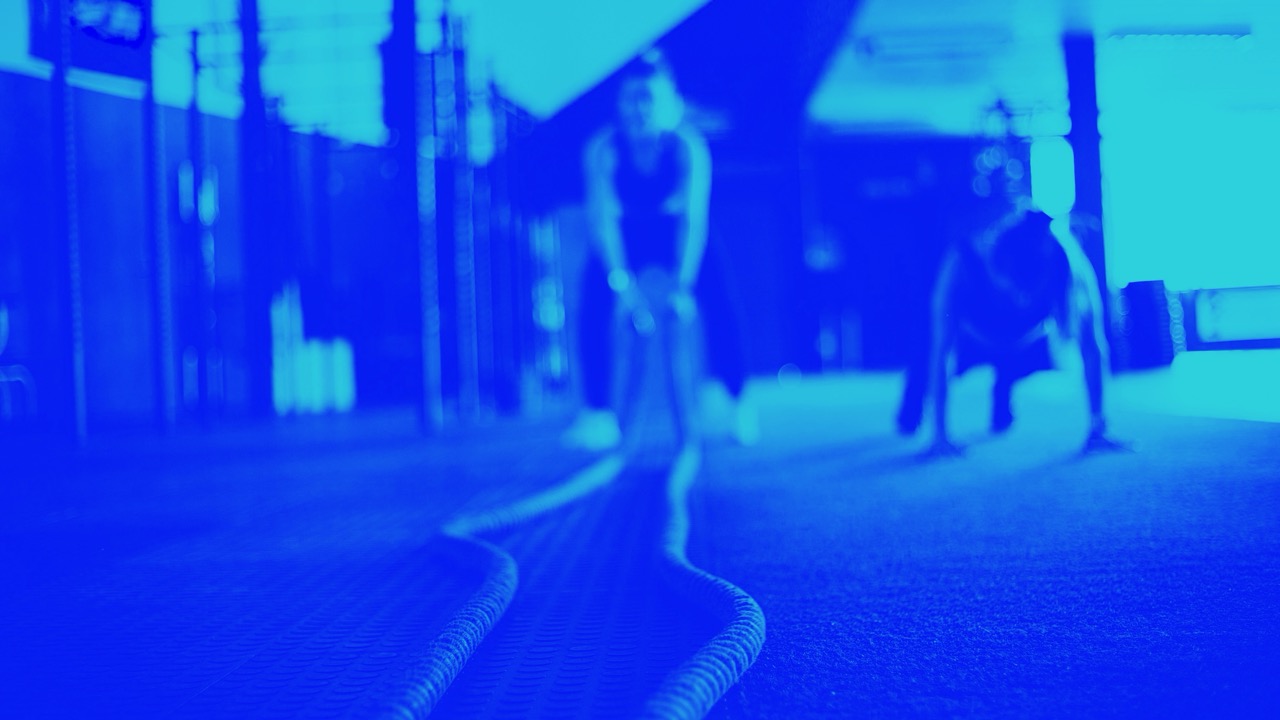Changes of direction during high-intensity intermittent runs: neuromuscular and metabolic responses
Karim Hader, Alberto Mendez-Villanueva, Said Ahmaidi, Ben Williams and Martin
Buchheit. Changes of direction during high-intensity intermittent runs: neuromuscular and metabolic responses. Accepted to BMC Sports Science, Medicine and Rehabilitation on 19 December 2013.
Full paper available on the Journal Website (open Access) @Karad70
Abstract
Background: The ability to sustain brief high-intensity intermittent efforts (HIE) is meant to be a major attribute for performance in team sports. Adding changes of direction to HIE is believed to increase the specificity of training drills with respect to game demands. The aim of this study was to investigate the influence of 90°-changes of direction (COD) during HIE on metabolic and neuromuscular responses.
Methods: Eleven male, team sport players (30.5±3.6 y, 81±6 kg, 180± 6cm) performed randomly HIE without (straight-line, 2x[10x 22m]) or with (2x[10x ~16.5m]) two 90°-COD. To account for the time lost while changing direction, the distance for COD runs during HIE was individually adjusted using the ratio between straight-line and COD sprints. Players also performed 2 countermovement (CMJ) and 2 drop (DJ) jumps, during and post HIE. Pulmonary oxygen uptake ( O2), quadriceps and hamstring oxygenation, blood lactate concentration (Δ[La]b), electromyography amplitude (RMS) of eight lower limb muscles and rating of perceived exertion (RPE) were measured for each condition.
Results: During HIE, CODs had no substantial effects on changes in O2, oxygenation, CMJ and DJ performance and RPE (all differences in the changes rated as unclear). Conversely, compared with straight-line runs, COD-runs were associated with a possibly higher Δ[La]b (+9.7±10.4%, with chances for greater/similar/lower values of 57/42/0%). There was also a lower decrease in lateral gastrocnemius (-8.5±9.3%, 1/21/78) and semitendinosus (-11.9 ± 14.6%, 2/13/85) electromyography amplitude; the decrease in electromyography amplitude for the other muscles was not clearly different.
Conclusion: Adding two 90°-CODs on adjusted distance during two sets of HIE is likely to elicit equivalent decreases in CMJ and DJ height, and similar cardiorespiratory and perceptual responses, despite a lower average running speed. A fatigue-induced modification in lower limb control observed with CODs may have elicited a selective reduction of electromyography activity in hamstring muscles and may induce, in turn, a potential mechanical loss of knee stability. Therefore, changing direction during HIE might be an effective training practice 1) to manipulate some components of the acute physiological load of HIE, 2) to promote long-term COD-specific neuromuscular adaptations aimed at improving performance and knee joint stability.
Key Words: cardiorespiratory responses; neuromuscular adjustment; selective activation; knee stabilization.



